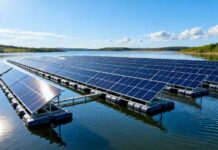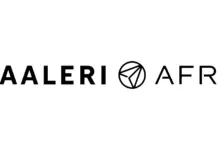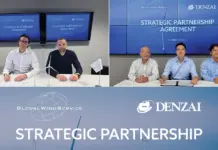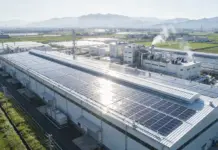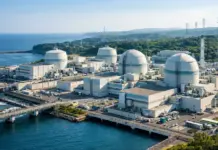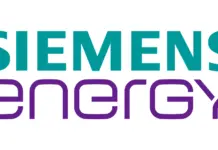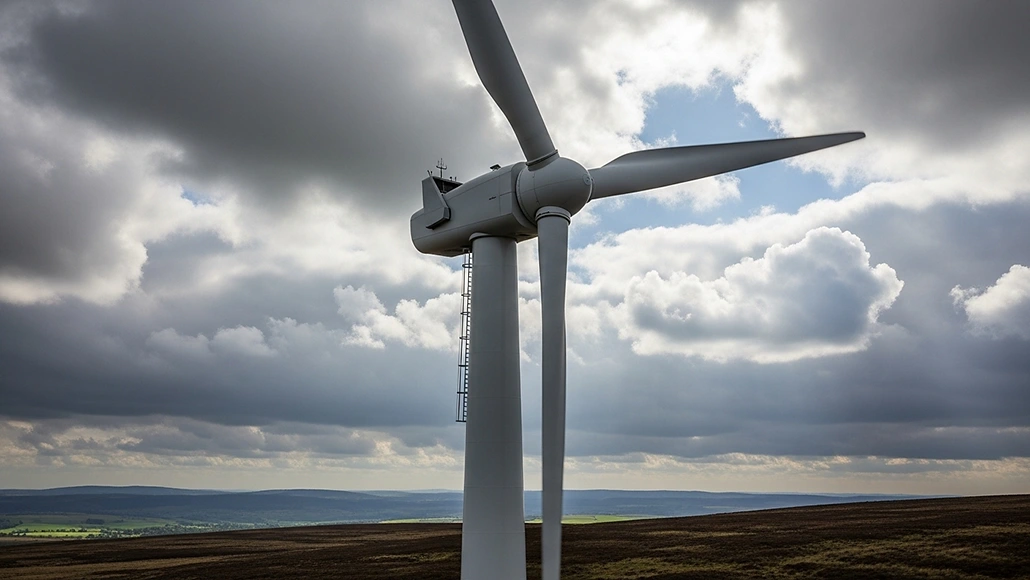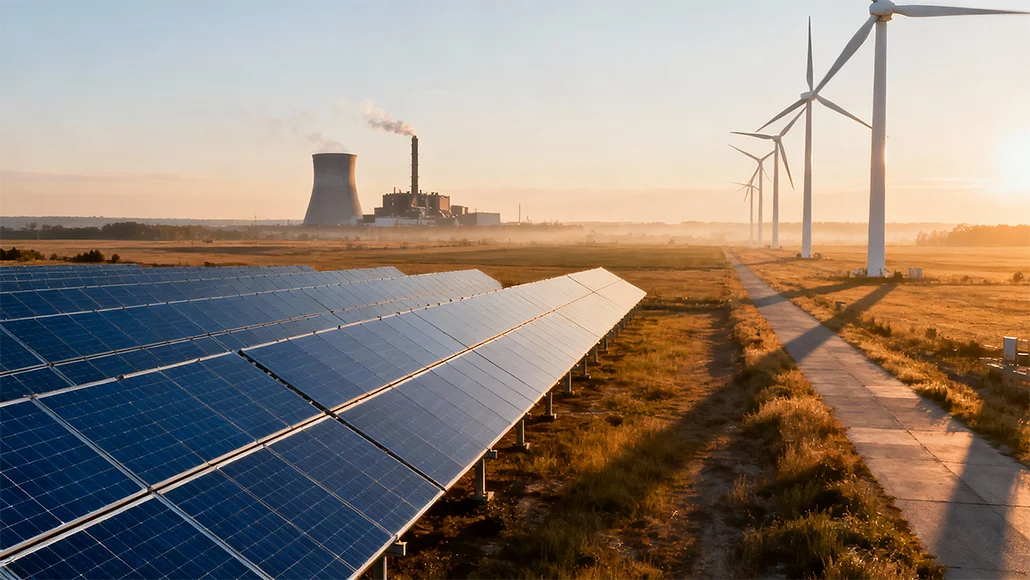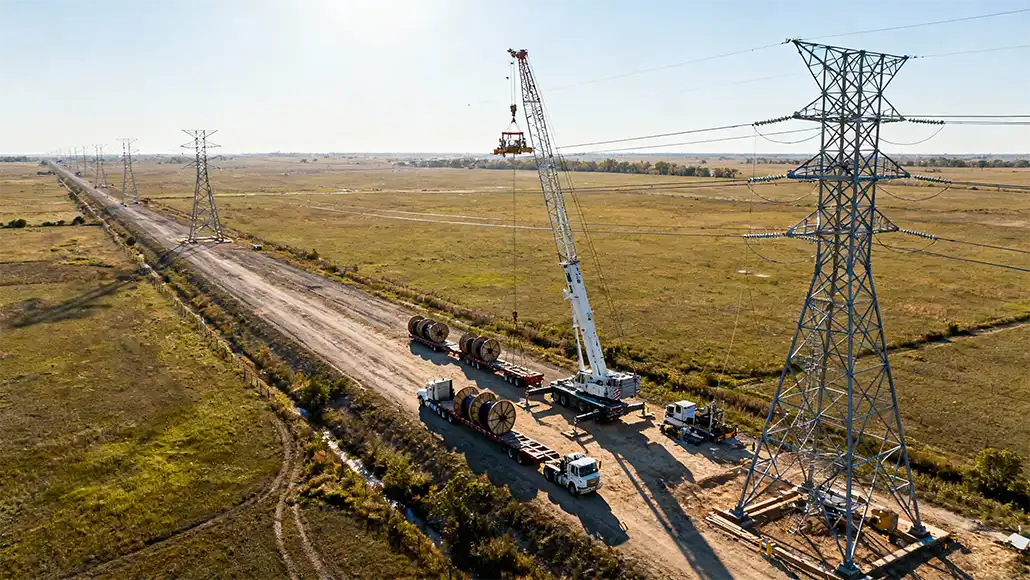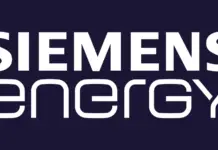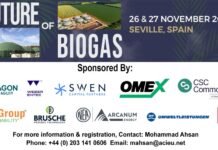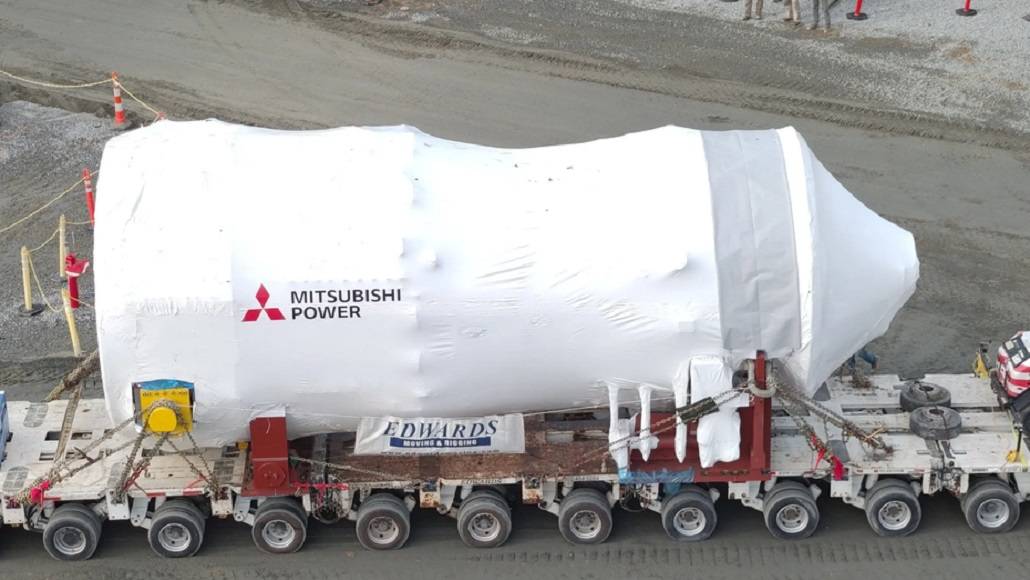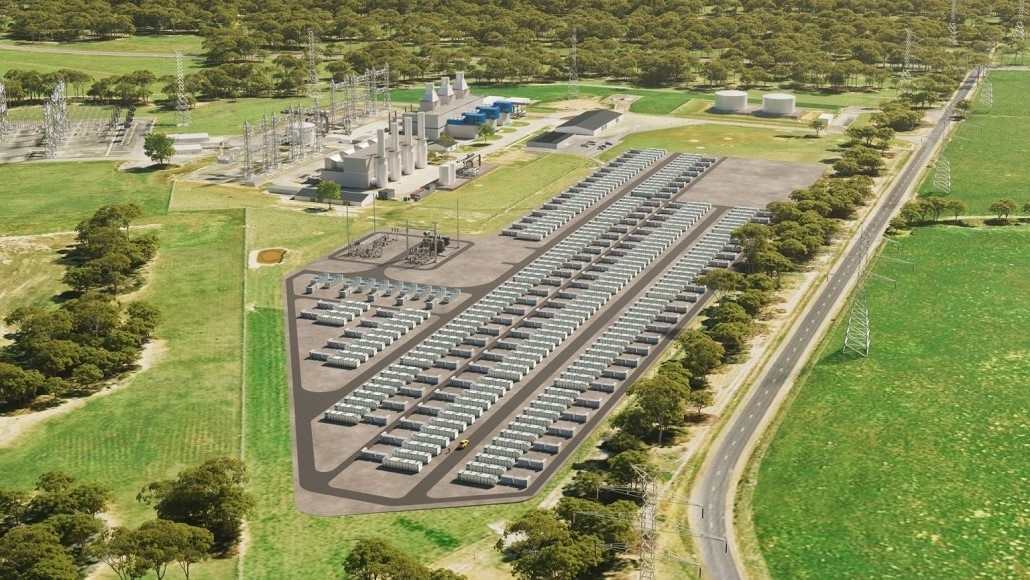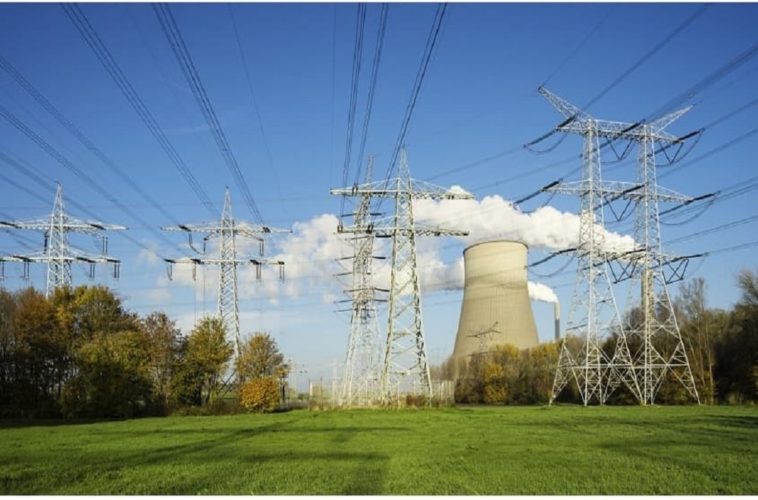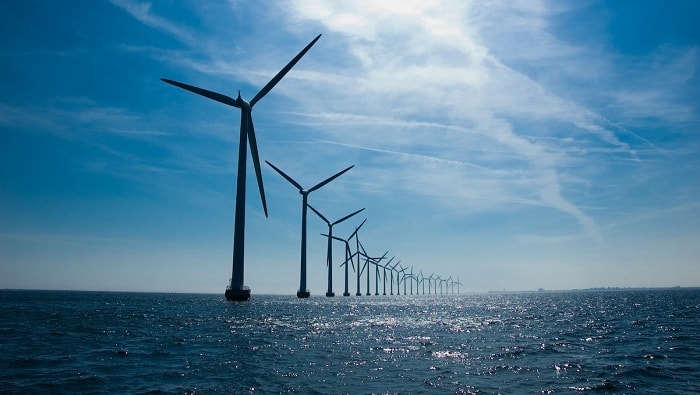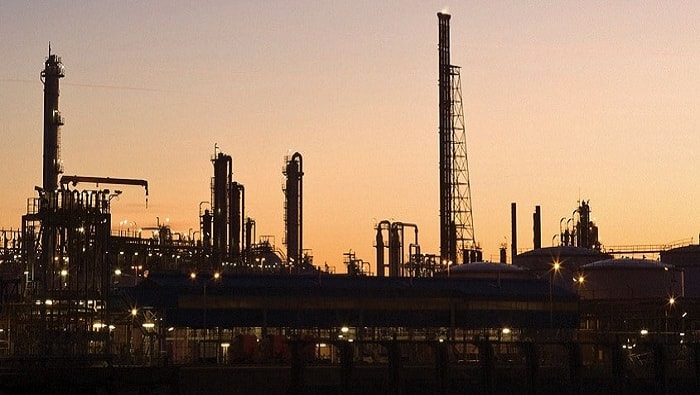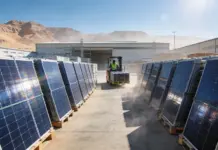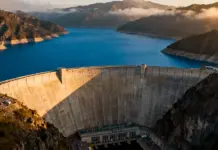On February 6, 2024, the European Union went ahead and released three documents that together go on to redefine the roadmap when it comes to decarbonization to 2040 and beyond- its 2040 Climate Target, the Net Zero Industry Act- NZIA as well as its Industrial Carbon Management Strategy. As with certain other decarbonization policies, in time, other major economies are most likely to follow the EU’s lead, thereby making their implications doubly significant. Let’s have a look at what they go on to mean for the bloc’s low-carbon economy.
Bold intent, but funding is required so as to deliver
The big headline happens to be a 90% net greenhouse gas- GHG emissions reduction by 2040. This objective goes on to bridge the gap between the bloc’s 55% 2030 emissions decrease goal and its aim of engaging with climate neutrality by 2050. It would indeed require a tripling of the average rate of emissions dips in the EU since 1990.
The Industrial Carbon Management Strategy goes on to detail as to how carbon capture as well as removal technologies will go ahead and help the bloc reach the emissions reduction objective. It envisages going ahead and capturing 280 million tons per year by 2040, surging to around 450 million tons by mid-century.
And finally, the NZIA incentivizes investments in solar, wind as well as battery, grid, and other key technologies. By this decade’s end, it seeks to take into account 40% of the bloc’s requirements by way of domestically produced technologies.
At present, a lack of sufficient funding as well as policy support means that the EU is behind schedule for its present 2030 and 2050 objectives. Achieving such ambitious new targets will indeed go on to require a massive scale-up of electrification, teamed with the right balance of sticks as well as carrots. So, the question worth asking is that does this new roadmap deliver?
1. CCUS: high ambitions and clear direction, however, the clock is ticking
Having lagged previously in the US, the UK as well as Canada, the Industrial Carbon Management Strategy by the EU finally manages to push it to the front of carbon capture, utilization as well as storage. It looks to double the present pipeline of projects operating or that happen to be in advanced development by 2030, while the 2050 objective goes on to represent around 35% of the bloc’s present emission levels from power as well as industry.
Proposals to touch these targets happen to include a multi-modal trans-European CO2 transportation network as well as an aggregation tool matching supply along with demand across the value chain for capture, transportation, use, and storage. The obligation in terms of storage will be placed on oil as well as gas producers, whereas the Carbon Border Adjustment Mechanism- CBAM as well as the reduction of free allowances will, in theory, encourage emissions intensive industries such as cement, steelmaking, and chemicals to go ahead and embrace carbon capture. But, additional incentives will be required so as to kickstart CCUS at scale.
2. Emissions trading: anticipate carbon eradication to scale rapidly
The bloc’s Emissions Trading System- ETS will go on to remain central to decreasing industrial emissions. The yearly cap will be tightened more so as to drive down gross emissions going beyond 2030, and new objectives in both the flagship ETS and the ETS 2 caps may as well be subject to further review.
Taking into account the industrial carbon removals within the EU ETS will incentivize the development of bioenergy along with carbon capture and storage- BECSS as well as direct air capture- DAC. The review of the EU ETS in 2026 will go on to provide clarification on whether the block will incorporate industrial carbon eradications into the EU ETS or go on to create a separate trading mechanism. A higher ETS price will indeed be a requirement so as to drive uptake, while additional government support may also be required so as to close the gap with the costs of carbon eradication.
3. Voluntary carbon markets: carbon offsets domestically to be given more preference
While the EU ETS happens to focus on scaling industrial carbon removal, the Carbon Removal Certification Framework- CRCF being developed in tandem also looks to mobilize private finance for a much broader range of technologies by way of a voluntary market for removals, farming, as well as storage. As UN-backed carbon removals aren’t yet available, other nations could go ahead and follow a similar approach and also establish domestic carbon eradication markets. But the bloc’s policy could as well separate the EU’s carbon offset market from the rest of the world, thereby encouraging companies to source domestic and not international offsets for compliance as well as voluntary purposes.
4. Clean hydrogen: robust support via the NZIA
The NZIA will go ahead and streamline the permitting process when it comes to clean hydrogen projects, with strategically significant projects given special priority. Simultaneously, sustainability as well as the resilience criteria in the Act look to boost EU manufacturers by discouraging non-EU procurement.
At present, the biggest challenge for the EU hydrogen sector happens to be stubbornly high costs that are holding back growth. The objective of 50 Mt of CO2 storage capacity by this decade’s end could help by speeding up cost reductions as well as driving CCUS infrastructure development, thereby giving an advantage to blue hydrogen. But, faster permitting is going to be of limited benefit while demand goes on to remain sluggish, while at the same time discouraging non-EU procurement could very well result in higher prices as well as actually constrain the growth of the industry.
5. Power sector: fast electrification of transport as well as heating and cooling will be crucial
In the 2040 base case, one can see 80% of power supply coming from renewables as well as 94% overall from zero-carbon sources, with power demand up to almost 4,100 terawatt hours- TWh as compared to 2,700 TWh, which is seen in present times. However, all this is considerably less than the 4,600–5,200 TWh of supply that’s estimated by the European Commission.
The investment as well as the change in consumer behavior so as to transform energy demand are most likely going to prove to be a much broader test as compared to the decarbonization of supply. So as to support the massive growth in market size, commercial arrangements, planning as well as permitting processes, infrastructure capacity, and flexibility resources, all must ramp up at a pace that’s unparalleled.
6. Nuclear: novel legislation gives SMRs a boost
The proposed policy support, such as contracts for difference, concessionary financing, and expedited permitting, will go on to support the rollout of nuclear small modular reactors- SMRs in the EU. Initial project costs happen to be around US$180/MWh, but one can very well expect costs to dip 40% by 2030 as the sector scales. Clear technology licensing frameworks throughout Europe’s national nuclear regulatory bodies are also going to be needed, while more investment in domestic uranium enrichment is also going to be needed. Put together, these measures will help in diversifying Europe’s nuclear sector as well as de-risking dependence on Russian technology and uranium imports.
7. Solar: attaining 40% domestic manufacturing of solar is going to be a tough challenge
In spite of installing 50 GW of solar capacity in 2023, the EU has not fully utilized its functional solar module manufacturing capacity of just 6 GW because of the dominance of cheap Chinese imports. Obtaining the 40% domestic supply objective in the NZIA will hence be quite a significant challenge for the sector. New facilities go on to take years to finance as well as build, hence, the bloc will need to rapidly build better conditions for domestic manufacturers as well as more clear guidance when it comes to investors.
8. Offshore wind: alterations to permitting as well as auction design to strengthen sector
Under the base case, the EU is going to meet only 63% of its ambitious 2030 offshore wind objectives. The NZIA’s permitting processes are streamlined, and changes to wind energy auction design are hence much needed so as to give the sector a boost.
The standard when it comes to participation in future auctions will indeed be enhanced by legislating a more important role for non-price pre-qualification criteria when it comes to selecting winners. Prerequisites will go on to include local content, bidder competency, ecological mitigation, project deliverability, and ESG. This will enable to reduce the risks as well as the additional costs posed by the uncapped negative bid.
9. Onshore wind: streamlined permitting; however, no financial grants
The EU manufacturers happened to be responsible for over 90% of onshore wind installations in the bloc last year. But the NZIA raises the prospect of domestic content levels deteriorating.
The Act looks to lower the administrative burden as well as streamline the permitting process when it comes to onshore wind, while at the same time supporting best practices. It also offers a legal framework for national authorities to prioritize projects in the national interest. But it does not offer any kind of unique financial grant when it comes to onshore wind manufacturing.
10. Batteries and raw materials: production objectives will need EUR37 billion in capex
So as to protect its EV sector from supply bottlenecks as well as third-party competition, the NZIA looks out for 90% self-sufficiency for batteries as well as 40% for components by 2030. This happens to be a tall order given the parallel ambition to ban new sales of petrol as well as diesel cars and vans from 2035. One can as well estimate an additional capex need of EUR37 billion, with EUR31 billion required for gigafactories alone.
At the same time, so as to reduce dependence on China, the Act’s resilience caveat brings into force a 50% limit on battery raw materials that are sourced from a single non-EU country. But the EU’s future supply pain point could go on to simply shift to the midstream, which is not explicitly covered by the parallel Critical Raw Materials Act either. Even taking into account the economic encouragements, new EU midstream material suppliers are going to face hurdles, not least a knowledge gap within value-added processing.



